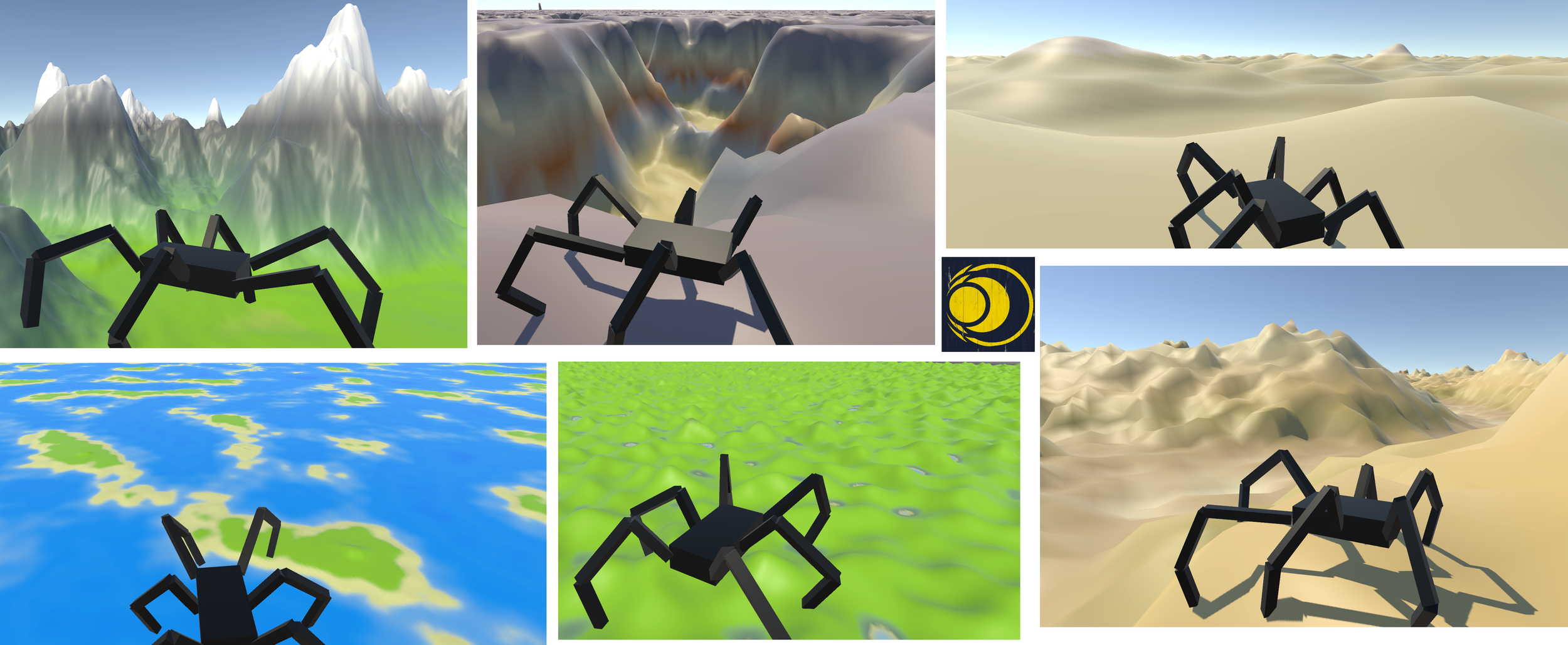Development Log 10 - Final Cumulation of Implemented Procedural Algorithms and UI Development
UI Development
UI features were developed for both the Terrain Generation Scene and Inverse Kinematics scene. This was to allow users of the final build to explore the parameters that can be changed procedurally generate new terrain and animation content.
Figure One: UI display with functionality for terrain manipulation.
The Terrain Generator required slider representing key points of the Terrain Mesh (Figure 1):
The meshes vertices information.
X length
Z length
Maximum Y height value
Vertex spacing
Custom animation curves produced.
Application of Fractal Perlin Noises
Octaves layers total.
Persistence - Amplitude factor.
Lacunarity – Frequency factor.
Colour gradient
R G and B colour values along with scale on gradient.
The addition of Custom animation curves was due to the difficultly in fully implementing a version of Unity's animation curve component as a UI element therefore pre-sets were a concession to allow the display terrain manipulation.
The Inverse Kinematics scenes UI required lesser implementation, with fewer parameters - these were simply the body offset height of the walker, leg stride, leg interpolation speed and movement and rotation speed.
Figure Two: UI display with functionality for IK walking.
These UI implementations provide users with tactile insight and experimentation of the functionality of the procedural content implemented in the project.
Final Cumulation
Figure 3: Final Main Game Menu Screen
As shown in Figure 3, the main game loop allows for the selection of a custom terrain to load – this terrain is randomly seeded on load, with constrained yet open parameters allowing for the different generation of familiar real-world terrains to explore. The render distance and the size of the walker you control can be customised to provide a difference player perspective of the world generated around them.
Figure 4: Project outcome screenshots.




